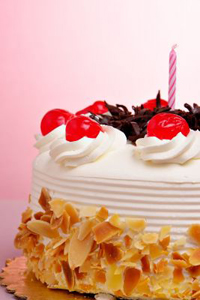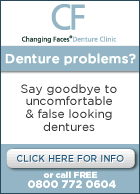Eating Candy on Halloween: Advice for Parents

Halloween can be very scary for parents worried about the health of their children’s mouths. Experts say to let them gorge on the candy that they bring home. Timing is the key! Dental decay depends on several factors that include the frequency of eating sweets (i.e., refined sugars), their stickiness to the tooth surface, and the present of the bacteria that cause dental caries. So, let them get their fill on Halloween night, and hopefully they will begin to get stick of the candy, and slow down.
However, if this doesn’t occur, it is important to know how dental caries formation takes place. When you consume carbohydrates, the PH of your saliva becomes more acidic, and falls below 5.0. When this happens, this acid begins augmenting the dissolving of the tooth by bacteria, and this can increase dental cavity risk. Every time the candy is eaten, this can happen, as the saliva using remains acidic for about an hour, before returning to normal. Thus, by eating candy throughout the day, the teeth become much more prone to dental cavity. If you can limit when your children eat their candy snacks, the salivary pH will only decrease during those times. The best time for your children to eat candy are immediately prior to or following a meal, this way the pH will only be acidic during those times, and your children can brush their teeth after eating the candy. You can also tell your children to rinse their mouths with water a few times after eating snacks. These are some of the ways parents can lower the risk of their children getting cavities during the holidays. Remember that less sticky snacks are also better!
Join this Discussion









